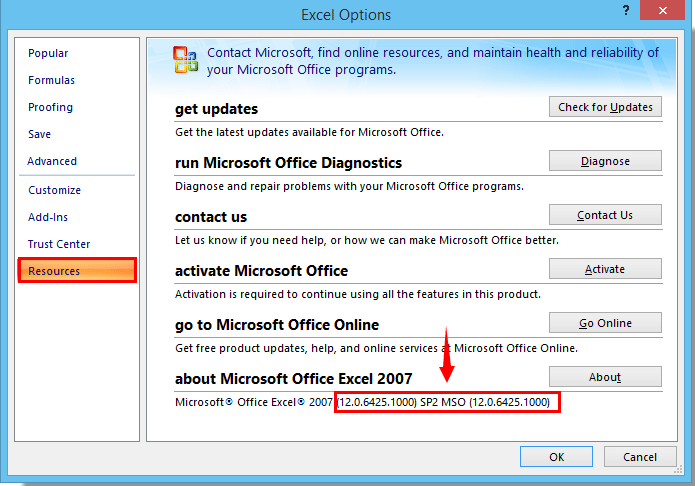What Do You Know About Excel
For most entry level jobs, such as business analyst, financial analyst, accounting, data entry, etc, your required knowledge of Excel is not very high. (And no, I don’t mean management consulting or investment banking here.) They expect you to know the basics, like formatting, formulas, charts, etc., but nothing beyond that.
Try this amazing How Much Do You Know About Excel? Quiz which has been attempted 448 times by avid quiz takers. Also explore over 157 similar quizzes in this category. By definition, a function is a predefined formula in Excel which does calculations in the order specified by its parameters. A function has three (3) basic parts: Equals sign (=) – signals the start of a function Function name – a unique identifier which tells Excel which set of formulas you would like to use. If you’ve ever used Excel, then you’ve probably experienced the agony of choosing an incorrect formula to analyze a data set. Maybe you worked on it for hours, finally giving up because the data output was wrong or, the function was too complicated, and it seemed simpler to count the data yourself manually.
However, as a lot of candidates do not go beyond using autosum and bolding the total, knowing a bit more goes a long way in interviews. Typical functions that impress hiring managers are:
Excel can help you do simple arithmetic like adding, subtracting, multiplying, or dividing any of your data. To add, use the + sign. To subtract, use the - sign. To multiply, use the. sign. You know how to perform basic tasks in Excel, and you consider yourself a “proficient” user, but you also know that there are some features you have heard about, but you do not use them at all. The time and effort required to learn these features on your own is high – that’s why this online course was created for you!

- VLookup and HLookup – a quick way to lookup a table of data by searching with a key. Pronounced as “V Look Up”. Yes, simple as that.
- Pivot Tables – compiles a data table and allows selection of various columns to be filtered, sorted, and values to be summed based on the criteria – very flexible and useful tool
- Conditional formatting – Format cells based on various conditions
- Line and bar charts – Most people know how to make basic charts, but few know how to make them pretty!
The list can go on and on, but mentioning these points will set you apart from most other candidates. Chances are the manager might not even know how pivot tables work. However, before name dropping these Excel functions, it is strongly recommended to play around with it in Excel and know how it works. It’s a deal breaker and embarrassing if you get stumped on a follow up question on an Excel function you mentioned.

Finally, Excel typically isn’t the typically decision making factor in choosing making a final decision on which candidate to hire, but rather as a factor that disqualifies applicants in the process.